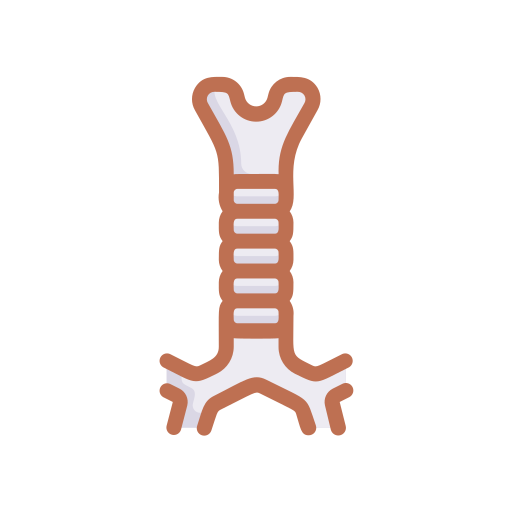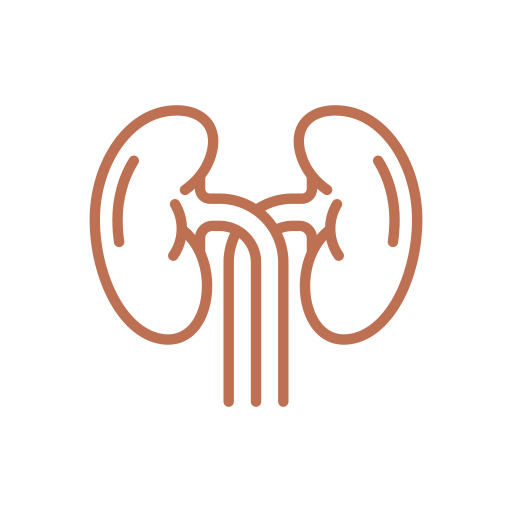What Are Cancer Interventions?
Cancer interventions encompass a range of medical treatments and procedures aimed at diagnosing, treating, and managing cancer. These interventions are tailored to the type and stage of cancer, with the goal of controlling the disease, improving quality of life, and enhancing survival rates.







